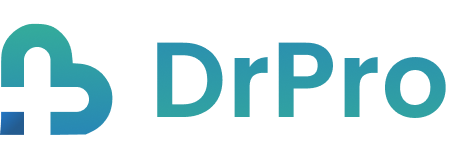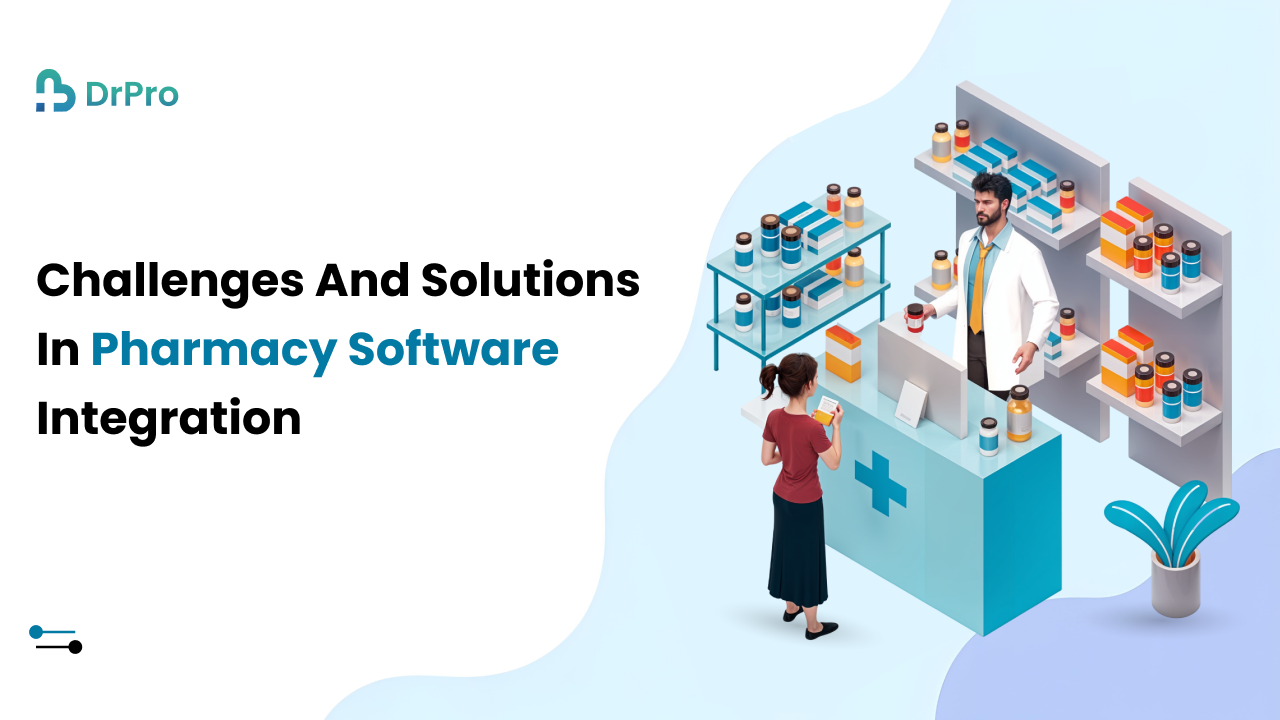The integration of pharmacy software is vital to improve efficiency, reduce errors, and facilitate smooth communication between healthcare systems. However, successful implementation and integration will indeed encounter challenges such as compatibility issues, data security concerns, and disruption of workflows. Such challenges call for strategic planning, appropriate technology, and collaboration between software providers and healthcare professionals. In this article, we examine the major hurdles for pharmacy software integration and possible solutions to these problems.
Common Challenges in Pharmacy Software Integration
1. Compatibility Issues
Most pharmacies still use older systems, and the older systems do not work well with the new Pharmacy Software Integration. This causes problems like errors while transferring data or slowing down operations.
Solution:
- Choose software that can be compatible with existing systems.
- Look for customization options needed for smooth integration.
2. Data Security and Privacy Concerns
Pharmacies hold patients’ very sensitive information and thus are highly critical in safeguarding this information. Improper integration of the new software could lead to a breach of data or unauthorized access.
Solution:
- Make the software secure and compliant with data protection acts like HIPAA compliance.
- Use encryption and secure login systems to protect patient information.
3. Workflows Interruption
Disruption occurs in a daily running street once the new software is introduced. The ones not familiar with this system slow down the workings, with the potential for mistakes.
Solution:
- Well, train all staff before commencing with the use of new software.
- Test-run a period with staff for acclimatization and fix early arising issues.
4. Non-Integration to Other Systems
The software must have an interlink with a hospital, clinic, or insurance provider for it to function effectively. Poor integration will render this software useless since it will cause delays and heaps of confusion.
Solution:
- Adoption of pharmacy software integrated into other healthcare systems.
- Support API-based integrations of software for easy communication.
5. High Cost
Worries about high upfront charges and ongoing maintenance fees are some of the reasons that hold some pharmacies against the rollout of new software. These costs could burden smaller pharmacies.
Solution:
- Cloud-based or subscription models on initial costs.
- Contract with software that offers pricing without important features.
Solutions for a Smooth Integration of Pharmacy Software
Through integration challenges, a clear solution makes it even better:
1. Right Software Selection
Choose software that is specific to the pharmacy’s needs in inventory management, prescriptions, and billing specific to its Pharmacy Management Software Integration. Easily used and compatible with all existing systems at large.
2. Strong Security Measures
Security is paramount when handling patient’s information. Pick software that has built encryption security logs and backup options. Regularly update your software to avoid cyber threats.
3. Provide Proper Training
Staff must be trained. If not, it will create errors in processing because it cannot operate by itself unless the staff uses it. Therefore, train staff on how to get used to the new system: convince them on training sessions and tutorials.
4. Work with a Reliable Vendor
Be sure to choose a software vendor that offers its customers support and even software updates regularly. Make sure that the vendor is reliable and can offer help whenever you need it.
5. Use Scalable Solutions
Make sure that the software chosen can grow together with your Pharmacy Software Integration. When your company expands, you may need some more features or users. Therefore, cloud-based software has the greatest flexibility and simplifies scaling up.
Conclusion
Integrating new Pharmacy Software Integration seems to be a daunting task, but the advantages outweigh any hassles that could come from it. With drpro, By applying the right software, and of course the previous solutions, pharmacies could enhance their proficiency, security, and patient care. A smooth software integration will help you streamline your operations and make daily tasks much easier.
Frequently Asked Quetions
Q1. Why is Pharmacy Software Integration important for pharmacies?
It makes it easy for pharmacies to manage prescriptions, inventory, and billing.
Q2. What are the major challenges facing software integration?
Compatibility issues, data security concerns, and then the high cost.
Q3. How can pharmacies secure patient data during software adoption?
Using secure software, encryption, and ensuring compliance with data privacy laws.
Q4. Which is the best way of preparing a staff before a change is made in software?
A trial period of an internal kind for every staff to get the feel of it should be followed by training.
Q5. Is it a good option to choose cloud-based Pharmacy Software Integration solutions?
Yes, they have less initial costs and can be easily scaled when your Pharmacy Software Integration grows.
In these steps now, pharmacies can even face the challenge of integrating their new software into the delivery of quality service and satisfaction of clients.


